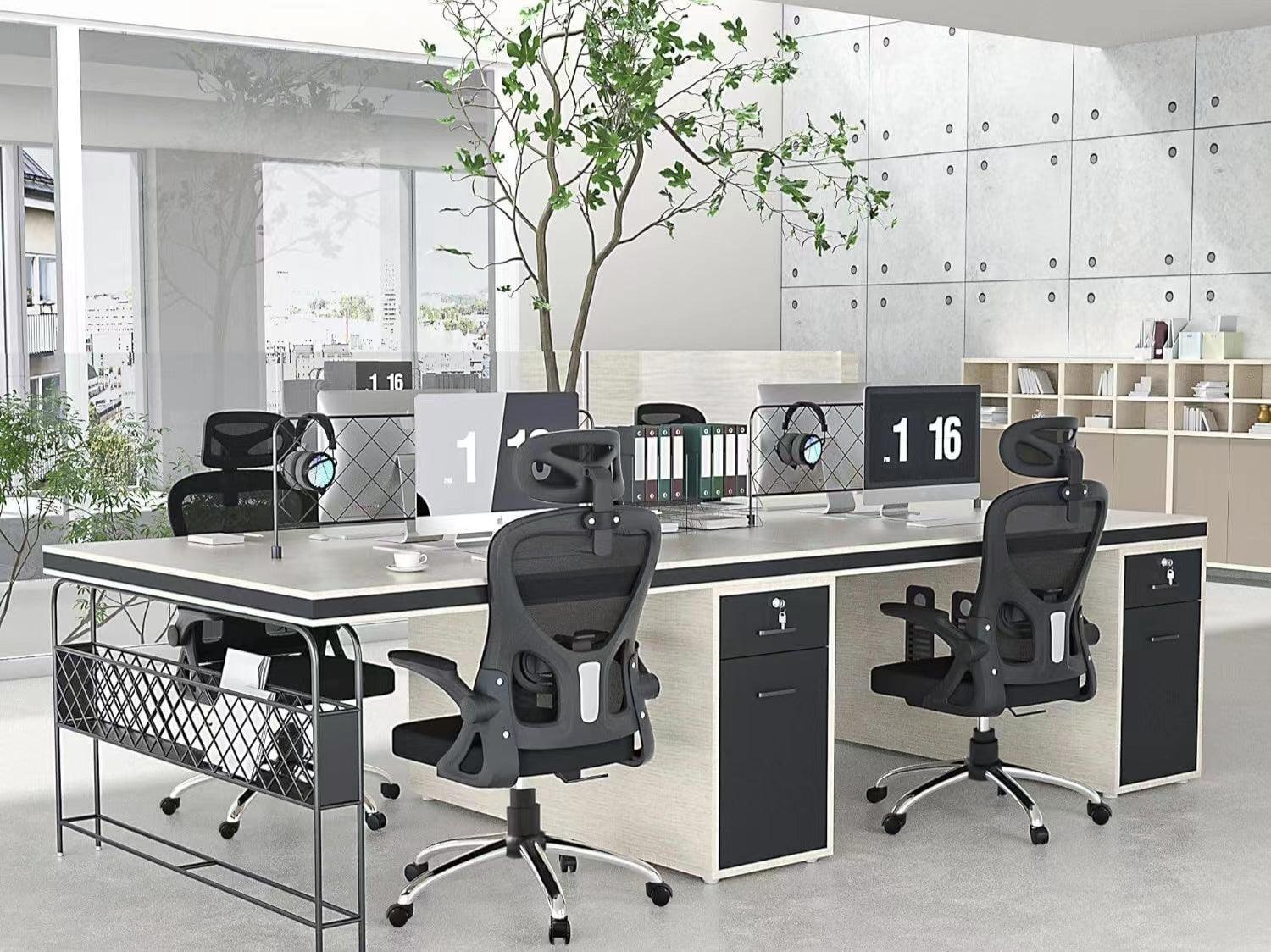The right office chair not only relieves pressure on your back and hips, it can also help improve your sitting posture. However, it can be overwhelming when choosing an office chair due to the wide variety of chairs on the market. We are sure that after reading this article, you will definitely find the office chair that suits you best.

If you want to choose the best office chair for you, it's important to consider the following. Hopefully, this will provide you with useful help. There are some practical and specific features that everyone should consider when choosing the best office chair for them. Once you review everything in this article, I am sure you will find an office chair that is more appropriate for you.
1. Seat size (depth and width)
When it comes to seat size, you need to make sure your office chair is deep and wide enough for you to sit comfortably. If you're taller, look for a deeper seat, but ideally you want to make sure there's about 2 to 4 inches between the back of your knees and the seat when you sit against the backrest. You should also be able to adjust the seat's forward or backward tilt depending on your chosen sitting position.
2. Height-adjustable
Since everyone is different in height, it is important to choose an office chair that fits your height. Different backrest shapes and chair molds will provide different levels of support. The curve of the waist or lower back should be pronounced and the rest of the back shape should have a slight curve or molded body shape. The lumbar support should always be height adjustable, and some chairs can also provide depth adjustment on the lumbar support. Many office chairs offer levers that move the seat up and down so you can adjust accordingly.

3. An adjustable backrest
You need to make sure your back is in the proper position while you're working. There are generally two types of backrests available: those that attach to the seat and those that do not. If the backrest is fixed to the seat, you will want to be able to move the backrest forward and backward, if not you will want to make sure there is a locking mechanism that holds it in place so that neither your backrest nor your back cannot move. Doing this will take the pressure off your back.
4. Armrests
Ample lumbar support in the form of contoured backrests will help provide your body with the comfort and support it needs. For proper lumbar support, you need to ensure that your lower back is always slightly arched to prevent the fitting from working in a slumped position. This also helps relieve pressure on the lumbar disc in the spine and prevents back pain.
5. Material and padding
In terms of material selection, this is more a reflection of personal preference. You should choose a fabric material that is breathable, heat-absorbent, and can be sat on for hours at a time. When it comes to padding, it is best to choose a material that is neither too hard nor too soft: a very hard surface may become too painful after a few hours, while a soft surface will not provide enough support.

Conclusion
All in all, the most important thing is that the chair is comfortable for you in both work poses and relaxation modes. It should also fit your personal requirements and aesthetic. If you are looking for a new chair for yourself or a team member, call us.




